One of my favorite things about medieval enactment is learning about the spices, fruits, vegetables, and herbs that were used in medieval times.
This past weekend I got to see the Templar style of eating and found it fascinating.
My friend Michelle, one of the pilgrims in the Templar encampment, made these beautiful little jars featuring some of the spices she uses to make food for the Templar group. I’ve used all of them in my own cooking except the Grains of Paradise, and I’m excited to get some of my own one day soon to experiment with.
Here’s my friend Lawrence cutting up bread for a marvelous invention he made over the weekend, a medieval version of French toast.
Instead of the traditional egg, milk, and cinnamon mixture we use to dip bread in before frying, he dipped the slices in apple juice then cinnamon and toasted each piece over the fire. Oh my. Such comforting flavors and heavenly smells.
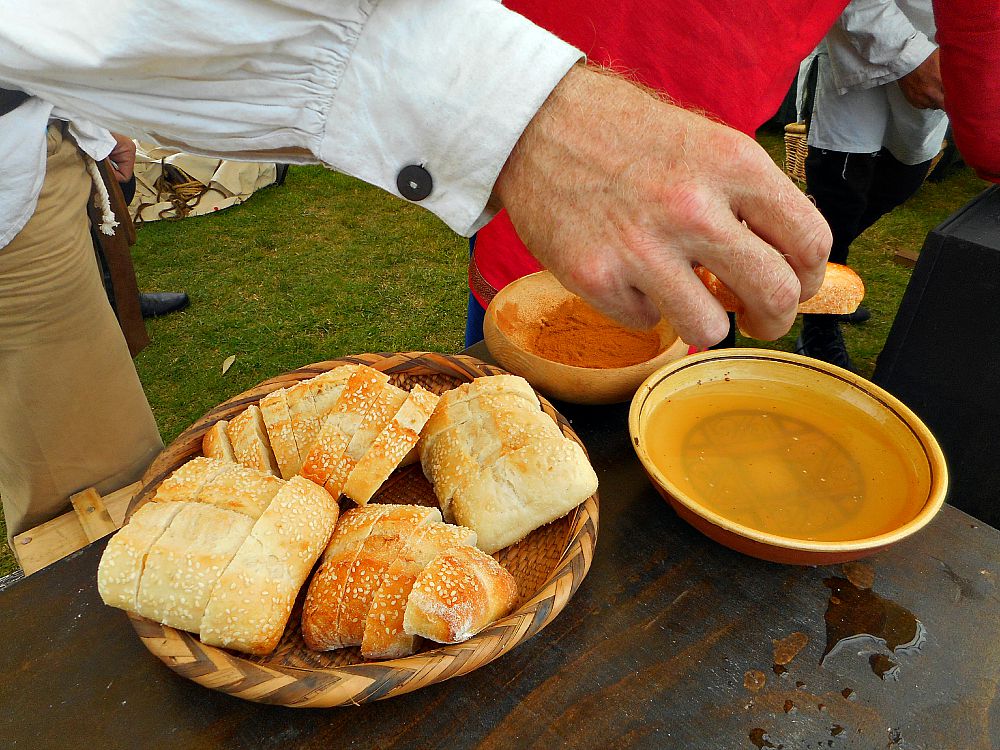
The kitchen bench was also covered with an array of bowls full of good things to snack on like fresh strawberries and salty pistachios.
Oranges, mandarins, apples, and plump dates were also in abundance.
These crispy little pastries were light and crunchy, just the sort of thing you want to grab to nibble on while heading to a battle or for a bit of exploring around the markets.
Lawrence also made a lovely strawberry sauce out of overripe strawberries. It would go beautifully over the grilled apple cinnamon French toast.
I like the look of this seeded bread in the basket. Doesn’t it make you want to tear off a piece and dunk it in herbed olive oil?
One of my favorite things the Templars make isn’t a food at all, but a drink. This gorgeous rosewater cordial flavored with fresh lemon and mint. It is truly refreshing on a hot afternoon, and so pretty to look at.
This week my friend Velva from Tomatoes on the Vine asked me to write about how I got into medieval enactment, and I’m happy to do so.
I’ve always loved history, spending innumerable hours as a girl reading encyclopedias, history books, and reference books to learn as much as I could. Reenactment wasn’t part of my world until I met my husband, Bear. I’d never known anyone who engaged in it, and really knew nothing about it. I honestly thought it was weird people dressing up in strange costumes and pretending they were someone else. How wrong I was.
Bear never pressured me to join in, just invited me to an event to see what I thought. I loved it!! These were my people, lovers of history and information, researchers and those who got in to try all the things I’d only read about. I met people who made leather shoes and Templar shields, those who dyed wool and linen with things they grew in their back yards, folks who made mead and their own ink and hand-sewed the most exquisite garments. I met bead-makers and wood-carvers, weavers and naalbinders, bone-carvers and blacksmiths.
I simply had to be part of it.
I joined the group run by my husband, Blackwolf, which is set in late 12th century/early 13th century, and started researching all sorts of cultures from that time period. My first persona was from medieval Finland and I set about making traditional 12th century Finnish clothing as I decided what I wanted to do. I thought about food, combat, clothing, and other crafts, and finally settled on medieval folk medicine. It has been a fantastic journey of learning and experimentation. I learned how to make my own medicines using herbs I now grow in my gardens. I love having things in my cupboard and fridge to alleviate stomach pains, headaches, burns, and cuts. That led to my writing a book of medieval remedies earlier this year. (Click here for a preview.) Making my own remedies is an extension of my desire to be as self-sufficient as possible.
The last few months I’ve been working towards a Bedouin persona, delving into the history of medieval Bedouin food, medicine, and culture. I’m working on new garb and adding Bedouin herbs and spices to my stock cupboard. It’s marvelously fun and interesting.
Now, however, I must get back to modern life and start a load of laundry, finish up the ham and cheese muffins I’m making, and tackle some paperwork.
What are you working on today? xo

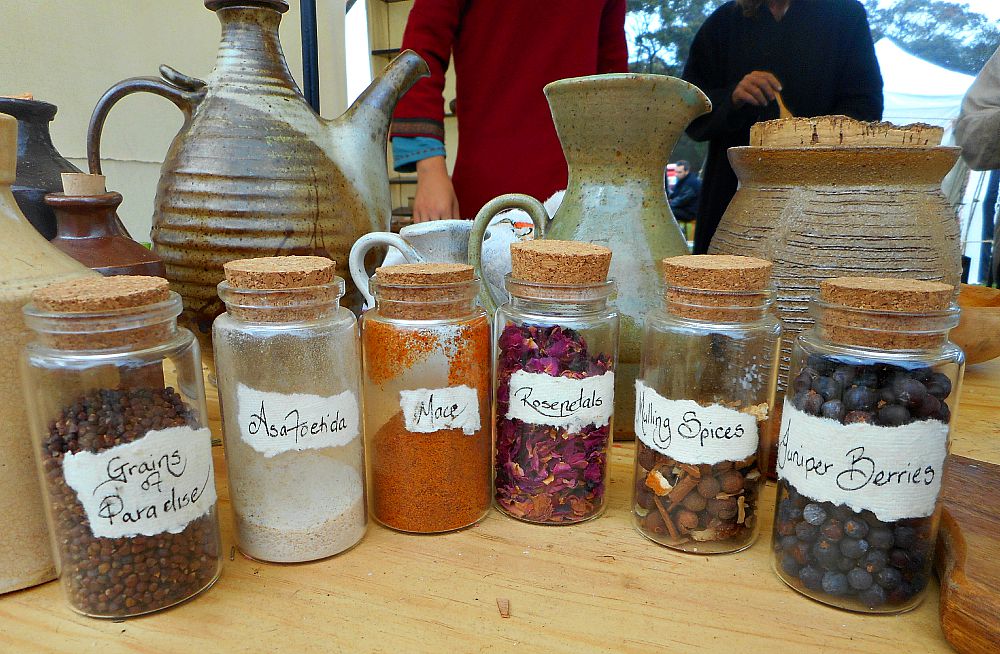
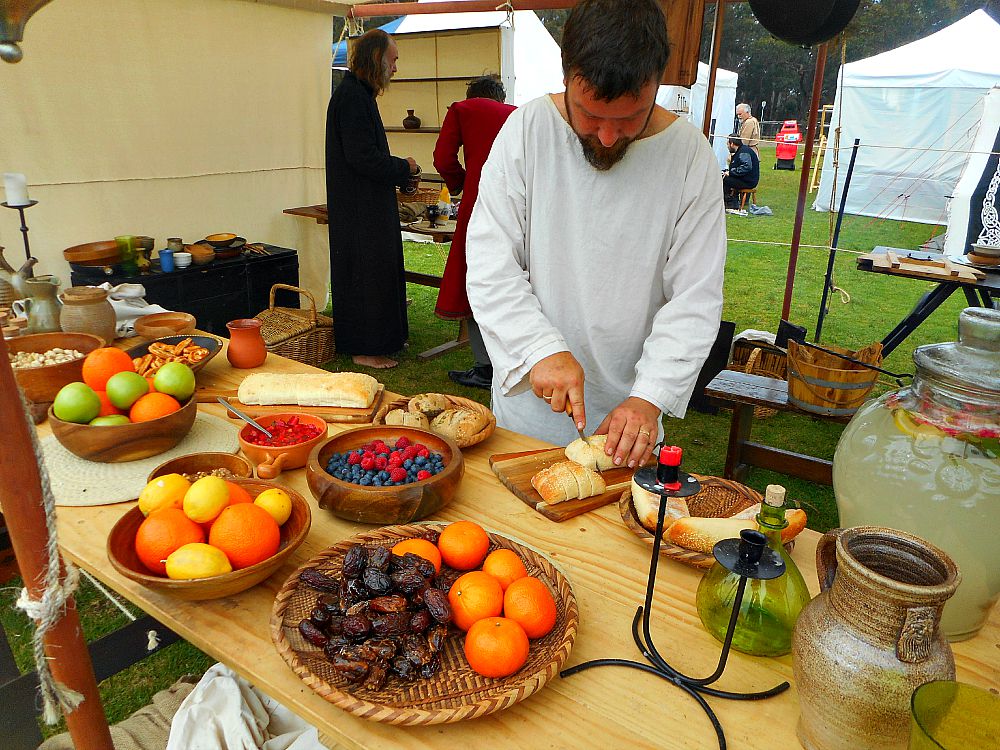
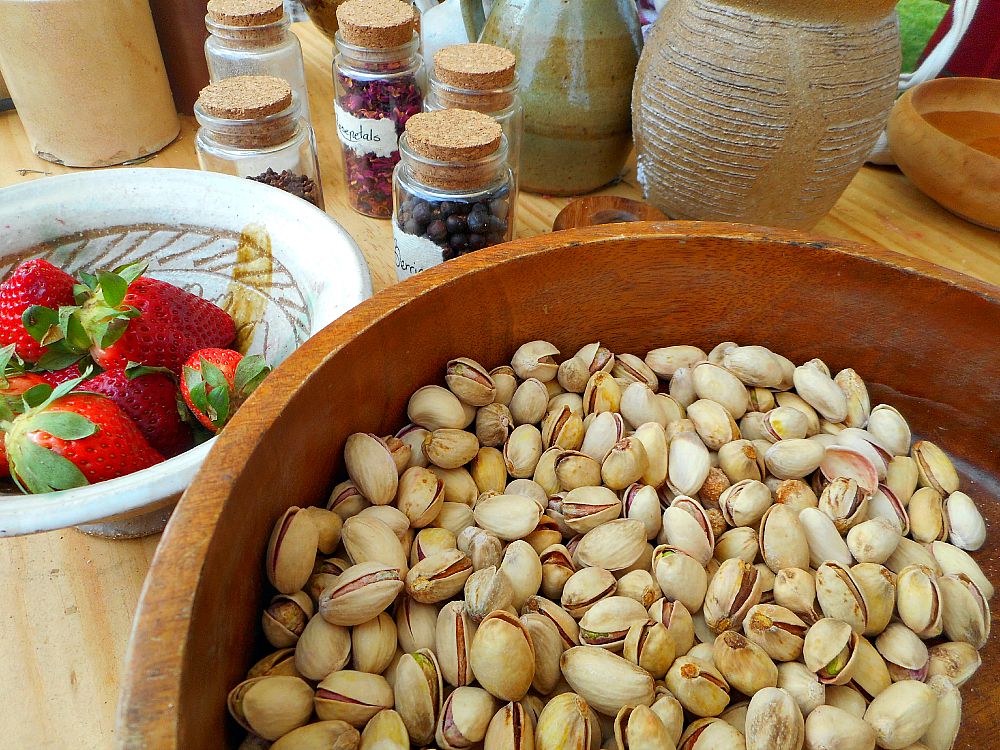
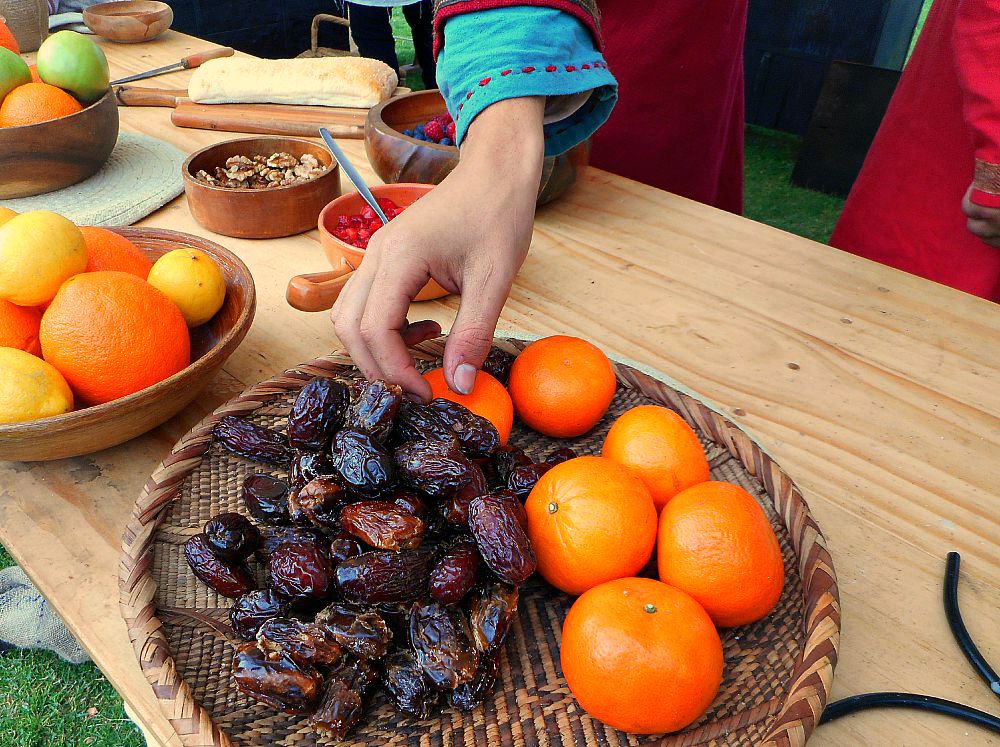
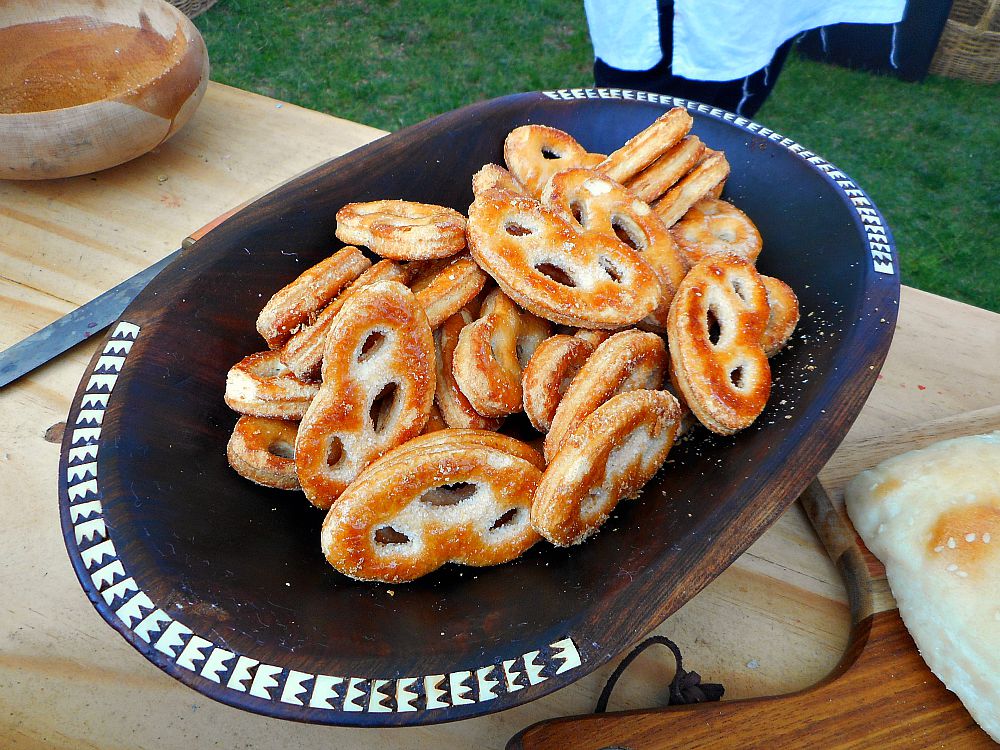
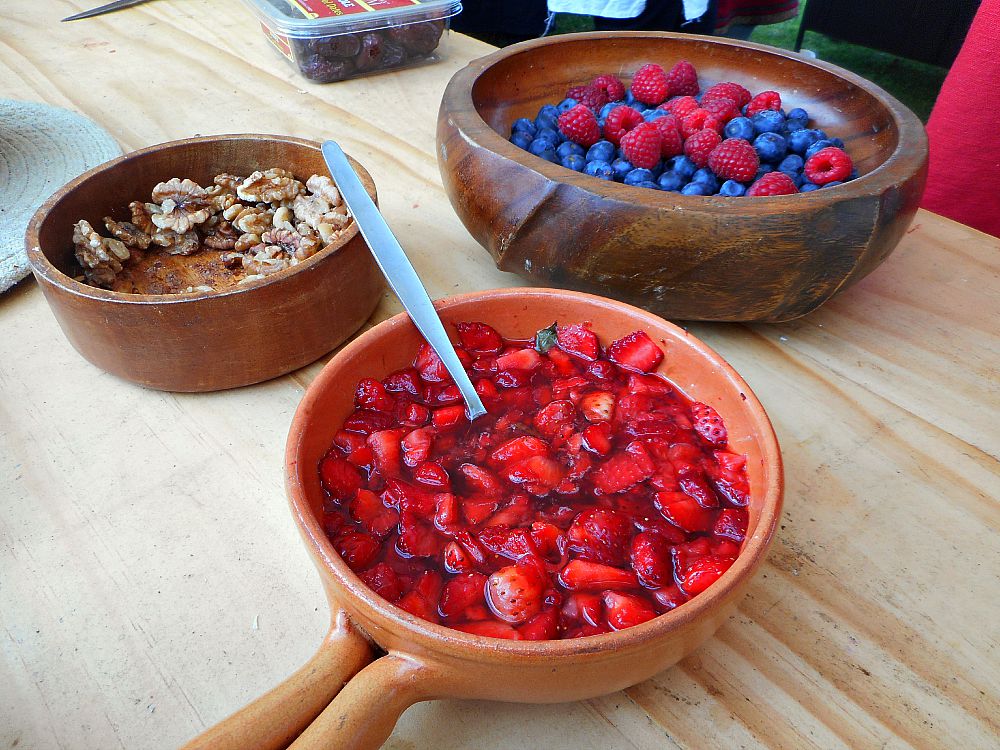
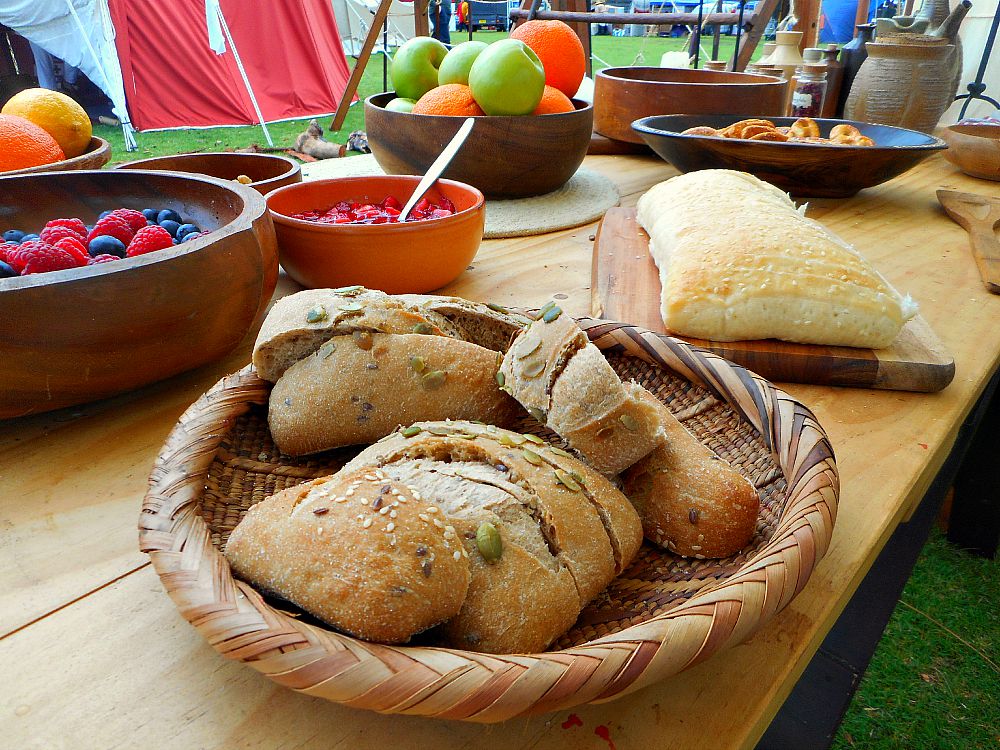
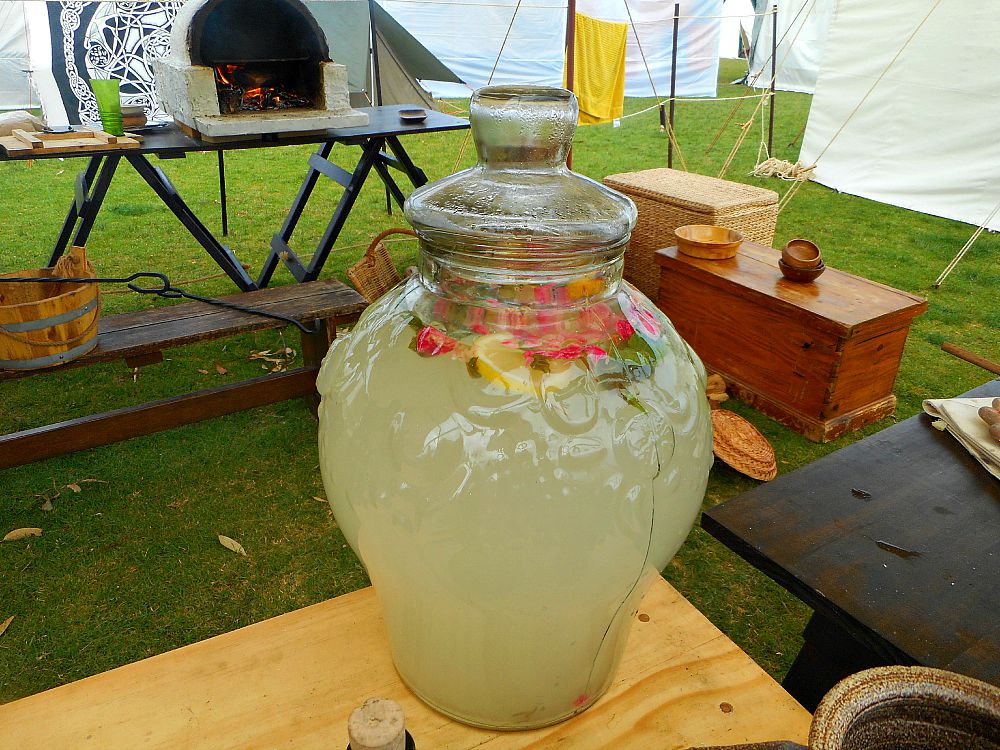
Fascinating! You get to experience the history firsthand by living it. Love it. I think this was destiny calling you. Thank you for sharing the journey with us. I have enjoyed all your medieval posts.
Always, Velva
I’m so glad Velva asked about your experiences!! I’ve wondered myself how you got involved. I find your posts fascinating, and love learning about a different time. And the bounty of food you have here!! Just wonderful, wonderful real food.
Having just been introduced to the Bedouin life on our recent stops in the Middle East I am most eager to learn more about your persona as it develops. I can’t get enough Middle Eastern history right now and am looking forward to sharing your knowledge! Happy weekend~
Were these photos taken at the St Ives event? I do like the sound of the apple-flavoured French toast. Being involved in the medieval templars sounds fascinating xx
That looks so fun! Never hurts to have natural remedies either…a neighbor gave us some jewelweed tea for poison ivy treatment, and it is the best stuff.
I drove by an apple tree in someone’s yard the other day, and it’s loaded. I had permission to get them 2 years ago, and am trying to muster the gumption to can applesauce again, dry some and make struedel bread. Hate seeing food rotting on the ground. Off to beg permission….!
Wow how fascinating! I’m sorting out planning permission and reno nothing remotely as interesting as you. Medieval Bedouin culture sounds so interesting – I hope you share some recipes.
I love using nature as medicine, which is something many modern people seem to have forgotten about 🙂
Sounds like it was a fascinating time. I liked the twist to traditional French toast and all those spices, oh what you could cook with those.